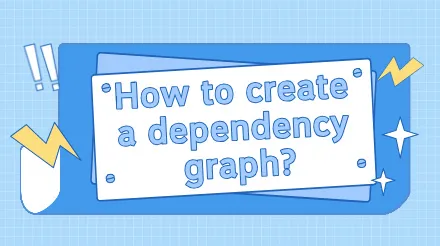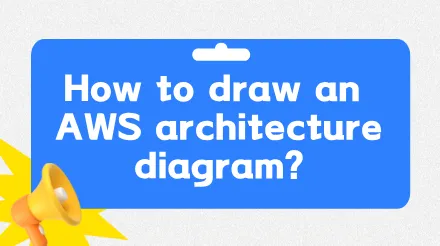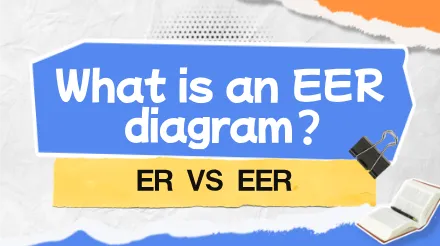In today's highly competitive market environment, optimizing business processes and improving efficiency have become one of the key factors for business success. As an efficient process diagramming tool, SIPOC diagram is often used in Lean Management and Six Sigma process improvement methods. This article will introduce the meaning, components, creation tutorials, templates, etc. of SIPOC diagram in detail, aiming to help you better understand and apply this tool.











